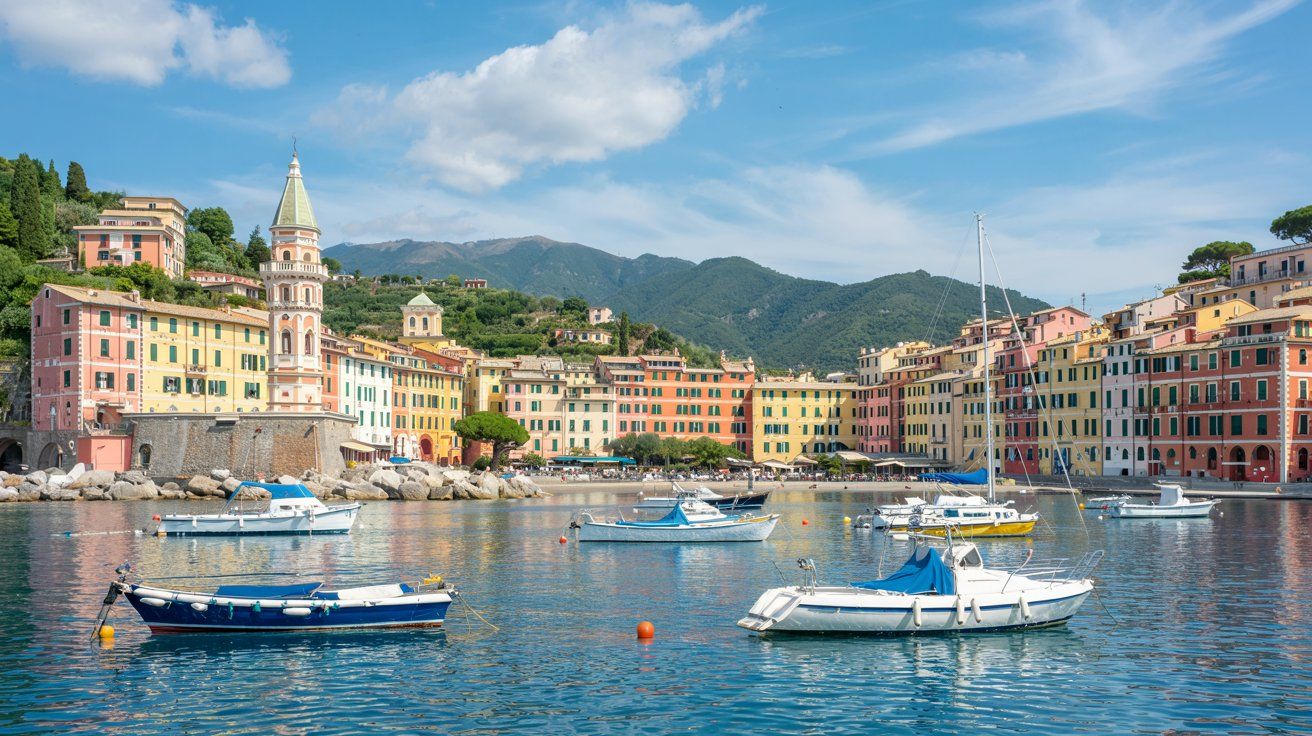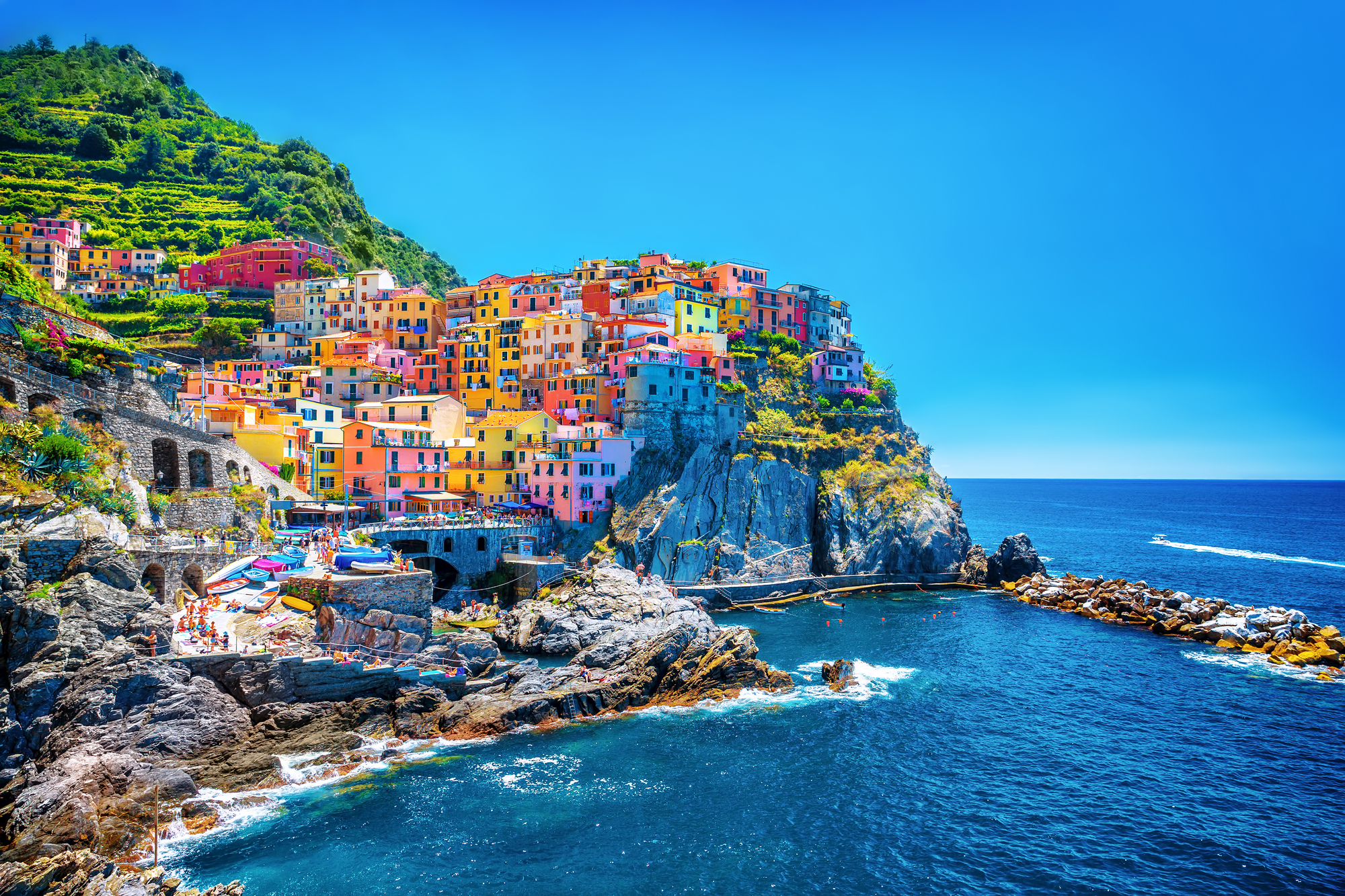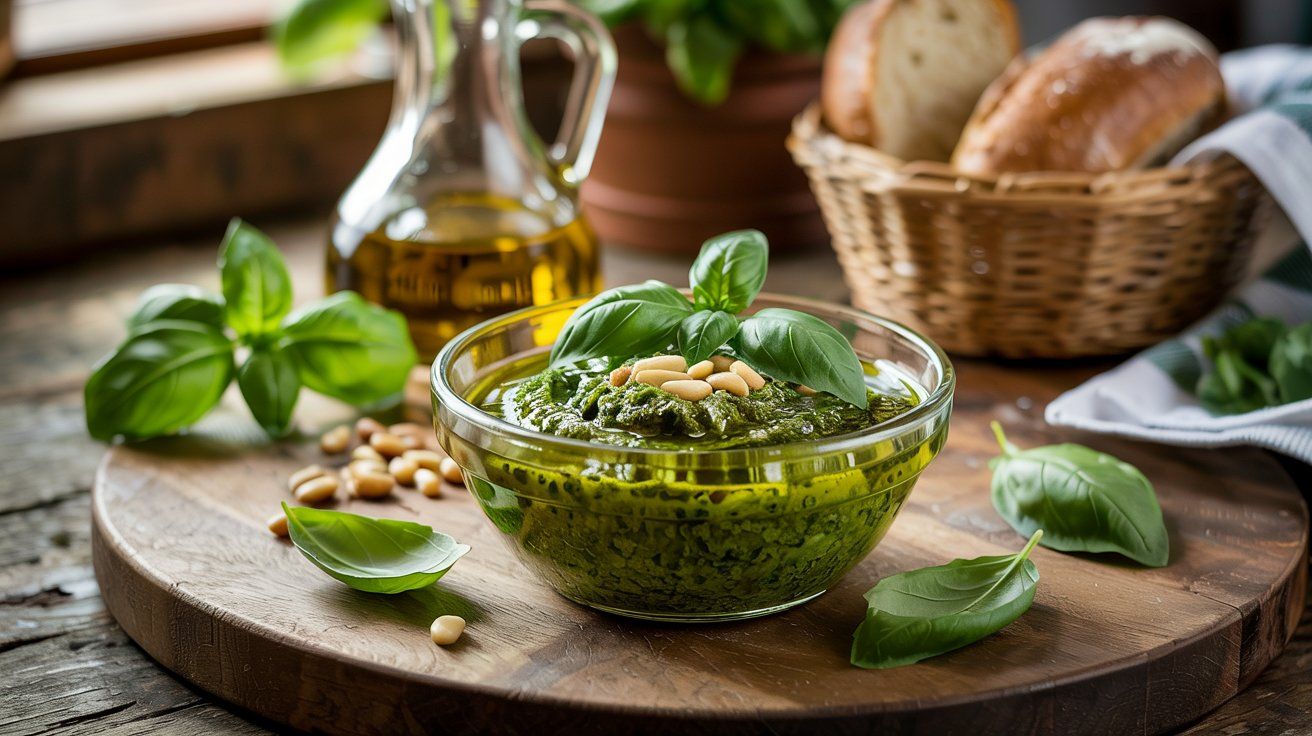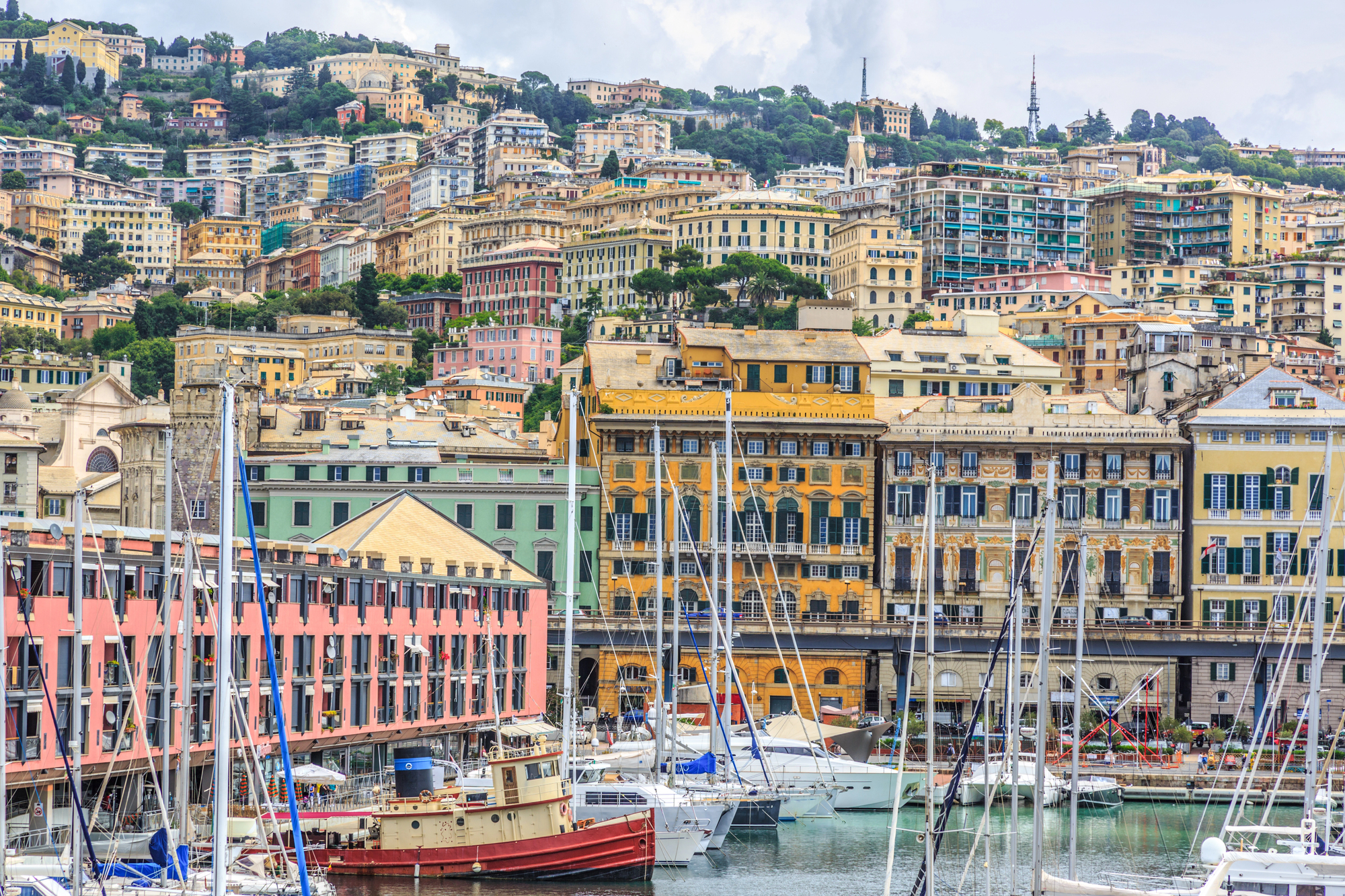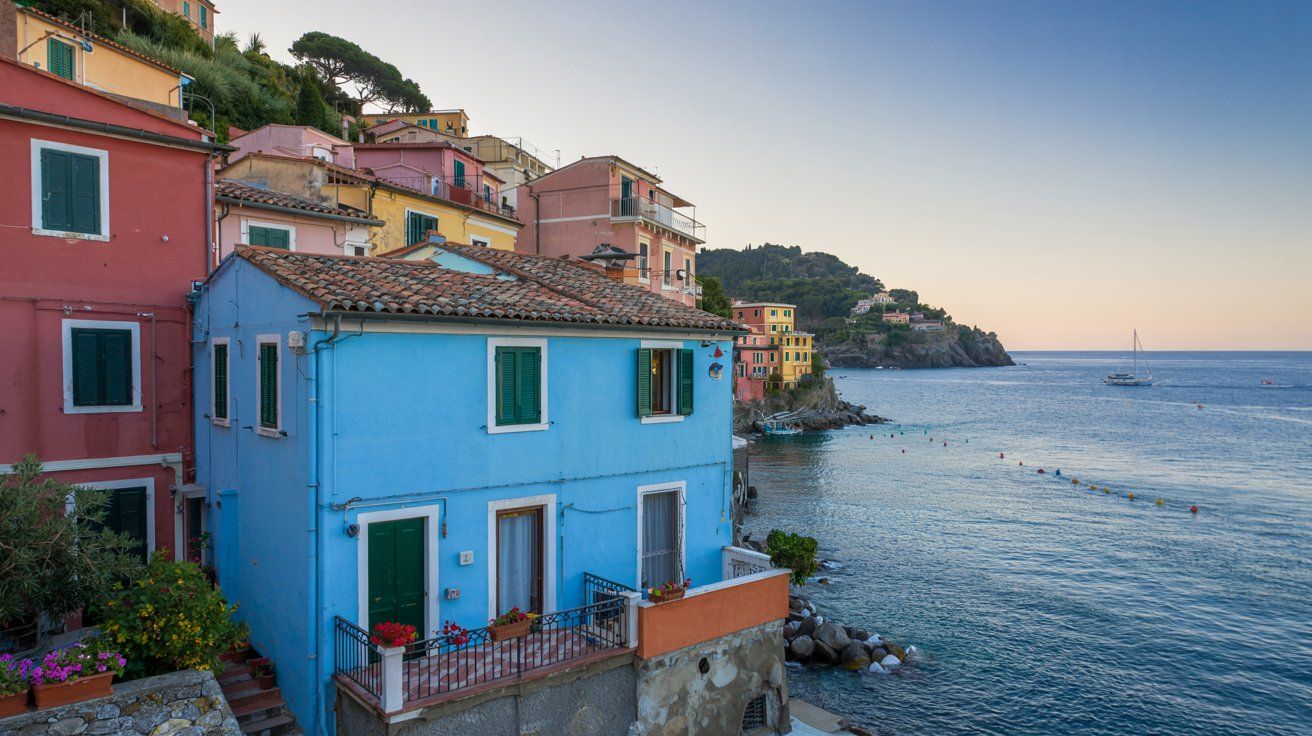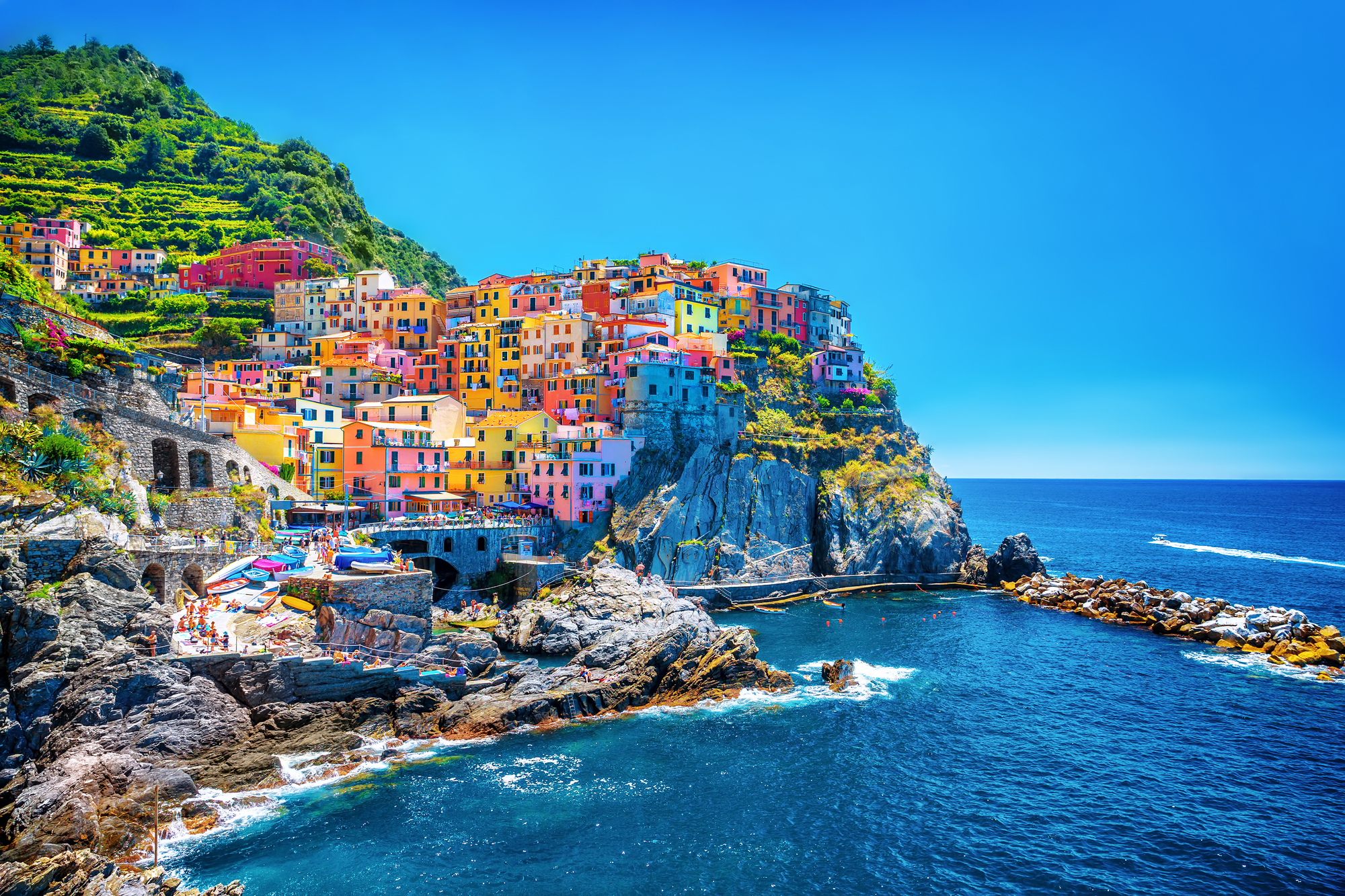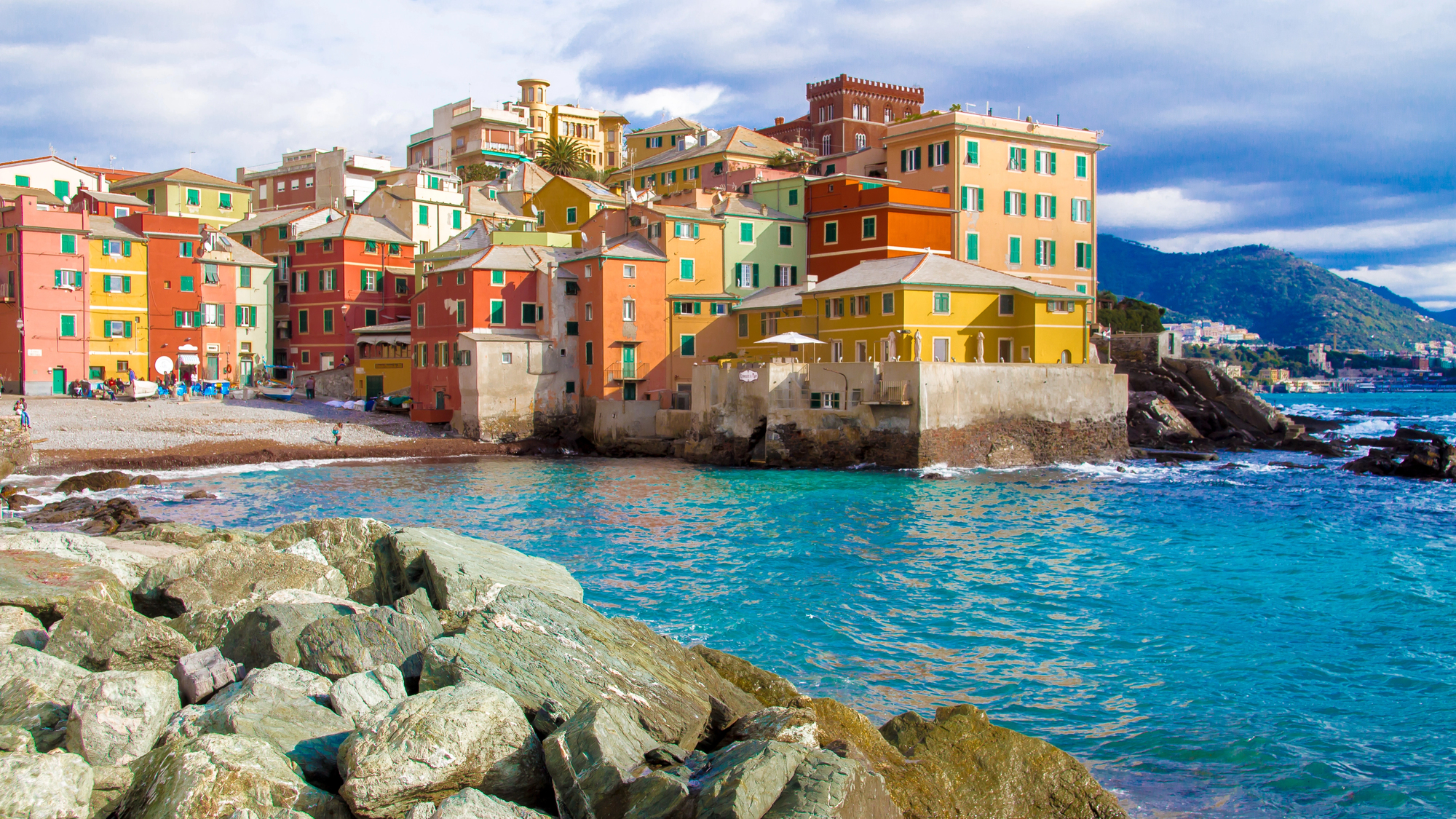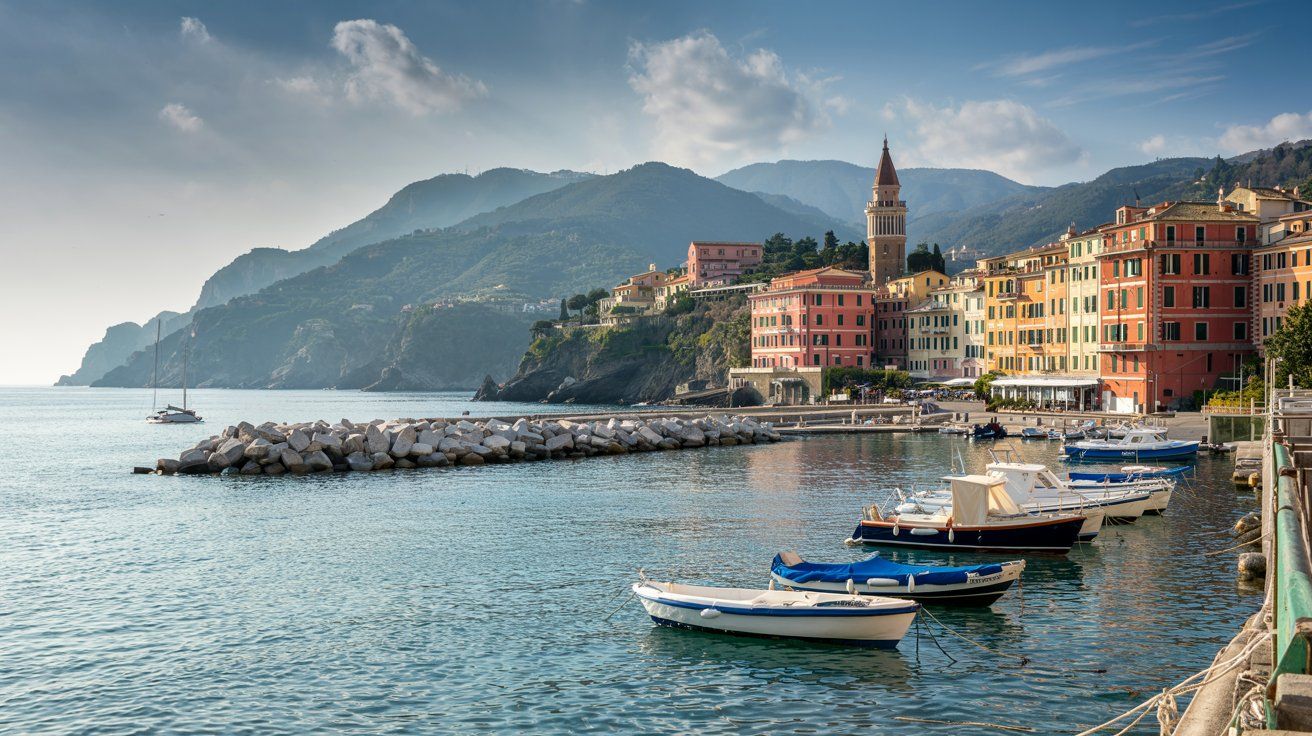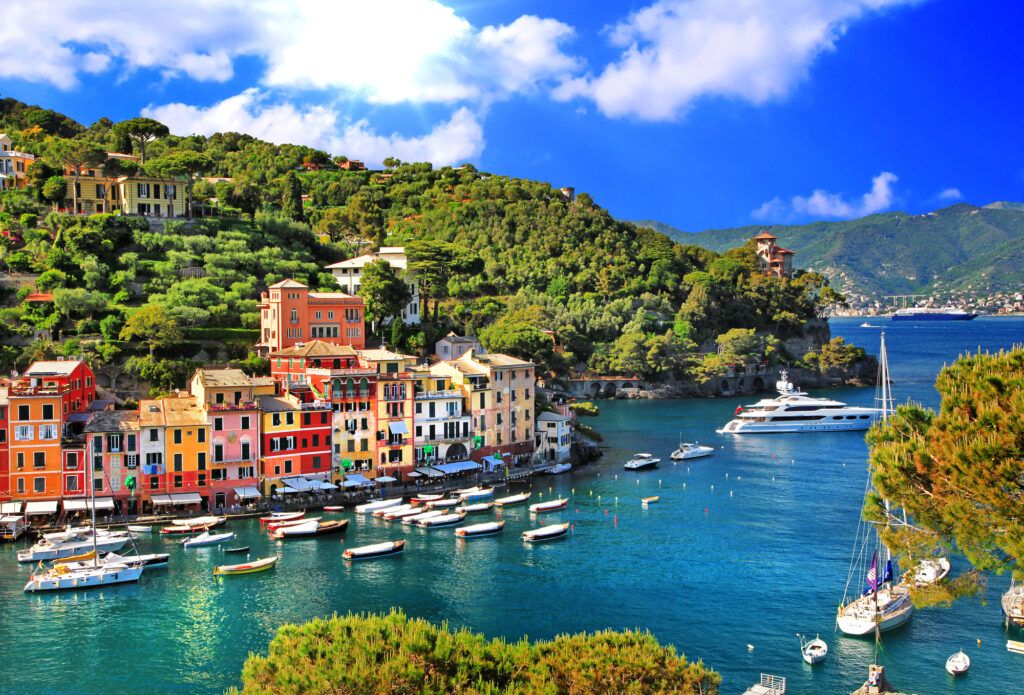The small Italian town of Viterbo, often overlooked by travelers drawn to Italy’s more famous cities, holds a unique place in history.
In the 13th century, it was the site of Catholicism’s longest papal election, a grueling process that stretched over 1,006 days and forever changed the way popes are chosen.
Find available hotels and vacation homes instantly. No fees, best rates guaranteed!
Check Availability Now
This fascinating story involves power struggles, drastic measures by frustrated locals, and the birth of the conclave system still used by the Church today.
A Battle of Loyalties in Viterbo
The drama began in November 1268 when the College of Cardinals gathered in Viterbo’s papal palace to elect a new pope following the death of Pope Clement IV.
The lengthy deadlock stemmed from deep divisions among the cardinals. Factions aligned either with the papacy or the Holy Roman Empire, with personal and family loyalties complicating the decision even further.
As days turned into months, frustrations grew, both within the palace walls and among Viterbo’s citizens.
The Citizens Take Action
Hosting this contentious gathering for such an extended period placed a significant burden on the townspeople.
The cost of feeding and housing the cardinals became unsustainable, and tempers flared.
In an unprecedented move, Viterbo’s residents decided to lock the cardinals inside the palace, a decision that coined the term “conclave,” derived from the Latin phrase cum clave, meaning “with a key.”
The people of Viterbo didn’t stop there.
According to oral tradition and archaeological findings, the palace’s roof was removed, forcing the cardinals to endure the open elements.
Elegant resorts, charming apartments, and vacation rentals with immediate confirmation. From Portofino to Cinque Terre, discover the most beautiful coastal towns of Liguria!
See Available Properties
With exposure to wind, rain, and sun, the cardinals had no choice but to camp in makeshift tents.
Additionally, food supplies were reduced to bread and water, a harsh strategy to motivate them to reach a decision.
Despite these extreme measures, the stalemate persisted for 15 more months before Gregory X was ultimately elected in September 1271.
A Lasting Impact on Papal Elections
The drawn-out Viterbo conclave spurred Gregory X to enact reforms to streamline the process.
Through the apostolic constitution “Ubi Periculum,” he introduced strict rules for conclave isolation and decision-making timelines, laying the groundwork for the modern papal election procedures.
Although his successor initially suspended these rules, the precedent set in Viterbo left a lasting mark on Church history.
Reliving Viterbo’s History Today
Viterbo is a hidden gem for history enthusiasts, offering visitors a chance to walk in the footsteps of cardinals and medieval townsfolk.
Easy booking across stunning accommodations from historic hotels to modern retreats. Pastel-colored buildings and crystal waters create the perfect Mediterranean escape!
Secure Your Italian Getaway
The preserved papal palace is a must-see, complete with guided tours that detail the conclave’s pivotal role in shaping religious tradition.
Wandering through Viterbo’s cobblestone streets and medieval quarter offers a glimpse into a bygone era.
Connecting Viterbo’s Story to the Italian Riviera
While Viterbo lies in central Italy, its story resonates with the cultural and architectural history of northern Italy’s iconic Italian Riviera.
This stunning coastal region boasts its own share of medieval treasures and small towns brimming with historical intrigue.
The Riviera’s charm mirrors the timeless allure of places like Viterbo, making both destinations ideal for history buffs and heritage-seekers.
Exploring the Coastal Gems of the Italian Riviera
No trip to the Riviera is complete without visiting its renowned towns and cities. Each has its own unique character:
- Genoa: The capital city of Liguria and a maritime powerhouse. Genoa is steeped in history, with landmarks like the Palazzi dei Rolli and a maze of medieval streets.
- Portofino: Known for its pastel-colored buildings and glamorous harbor. Portofino exemplifies Riviera luxury with a touch of history.
- Cinque Terre: This cluster of five cliffside villages—Monterosso al Mare, Vernazza, Corniglia, Manarola, and Riomaggiore—is a UNESCO World Heritage Site. It offers a blend of stunning views and medieval charm.
- Sanremo: A seaside town with Belle Époque architecture and the famous Sanremo Music Festival. It showcases a different era of Italian elegance.
- Camogli: A picturesque fishing village. Camogli enchants visitors with its pastel waterfront and centuries-old maritime traditions.
- Rapallo: Known for its historic castles and vibrant promenades. The town offers a perfect mix of relaxation and exploration.
- Savona: This port city features medieval relics like the Priamar Fortress. It provides an essential stop for Riviera explorers.
- Alassio: Famous for its sandy beaches and the 16th-century Budello. The Budello is a narrow street filled with shops and history.
Here is the source article for this story: A roofless palace in Italy’s Viterbo hosted the first and longest conclave
From seaside palazzos to hillside villas, find your perfect stay along this stunning stretch of Mediterranean coastline. Instant booking with best price guarantee!
Browse Accommodations Now

